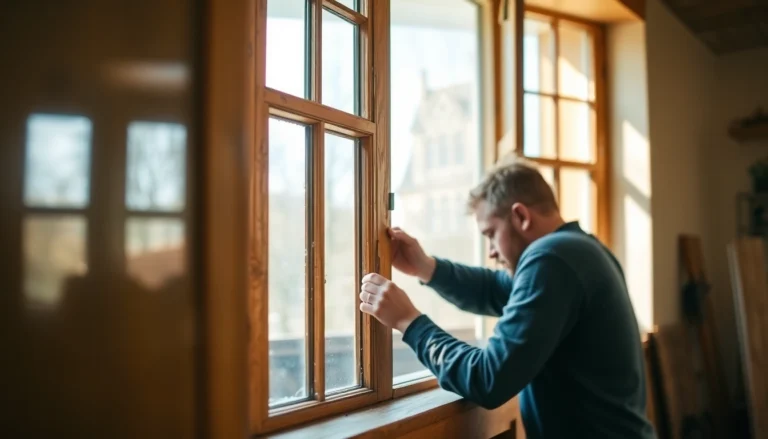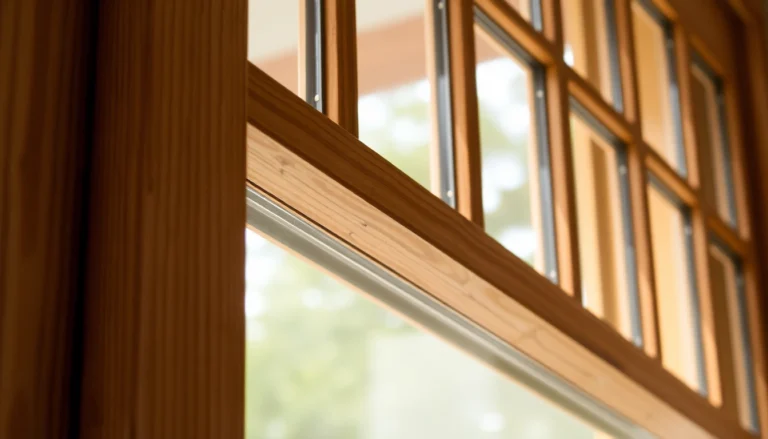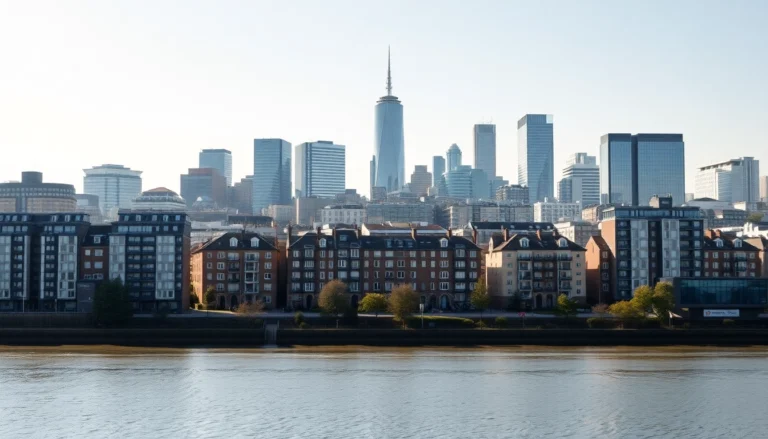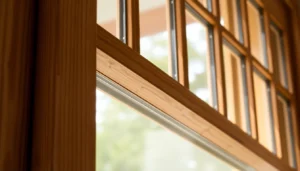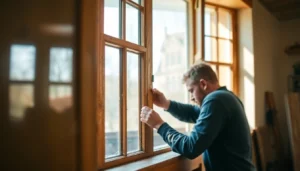Understanding the Process of Sash Window Renovation
Sash window renovation is a meticulous craft that combines traditional techniques with modern innovations to restore the aesthetic charm and functional integrity of classic timber windows. These windows, iconic for their elegant design and historical significance, require careful assessment and restoration to ensure longevity and performance. If you’re considering revitalizing your sash windows, understanding the detailed process can help you appreciate the craftsmanship involved and set realistic expectations for the outcome.
The first step in sash window renovation is a comprehensive inspection and assessment. This involves evaluating the condition of the sashes, frame, and all moving parts. Common issues include rot, warping, sticking sashes, broken cords, damaged pulleys, and degraded timber joints. An expert will look for signs of wood decay, paint failure, drafts, and broken mechanisms that impair the window’s operation. This critical evaluation guides the entire refurbishment process and helps determine whether repair, restoration, or replacement is the most appropriate course of action.
Sash window renovation requires detailed knowledge of traditional woodworking techniques alongside modern repair methods, which include careful removal of old paint and glazing, replacement of rotten wood, and precision reconditioning of the sash cords and pulleys. By addressing issues at this preliminary stage, professionals can preserve as much original material as possible while ensuring structural stability and aesthetic authenticity.
Step-by-step restoration techniques
The restoration process involves several sequential steps:
- Removal of Sashes: Carefully detach the sashes from the frame to prevent damage during repair. This requires skillful handling to avoid breaking delicate joints or hardware.
- Old Glass and Putty Removal: Remove existing glazing, which is often secured with old putty that may have become brittle. Special tools are used to minimize glass breakage and to prepare the sash for new glazing.
- Cleaning and Repairing Joints: Clean all joints thoroughly, removing dirt, paint, and rot. Damaged timber sections are carefully cut out, and spliced replacements are glued and clamped into position.
- Wood Treatment and Replacement: Rotted or severely damaged timber is replaced using high-quality, compatible wood. Treatments are applied to prevent future decay and insect infestation.
- Painting and Finishing: Once repairs are complete, the sash and frame are primed, painted, or varnished in accordance with preserving original aesthetics. Double-glazing or secondary glazing can be incorporated at this stage for energy efficiency.
Common challenges and how to address them
Renovating sash windows can present several challenges, including persistent rot, misaligned sashes, and outdated hardware. Addressing these issues requires expert knowledge:
- Rot and Decay: These are managed through precise removal of affected timber and replacement with preserved authentic timber or suitable wood substitutes. Applying wood preservative treatments is essential.
- Sticking or Difficult Operation: This can be resolved by replacing worn pulley cords, cleaning pulley channels, and ensuring sashes glide smoothly on well-maintained sash weights or spiral balances.
- Old Paint and Lead-based Coatings: Professional removal using tested methods ensures safety and prepares surfaces for new finishes. This prevents future peeling or cracking.
- Hardware and Cords: Restoring original handles, locks, and cords preserves authenticity, but replacement may be necessary when hardware is beyond repair. Modern cord mechanisms are often retrofitted for better durability.
Cost Factors and Budgeting for Sash Window Renovation
Average costs in the UK for renovation and repairs
The expense of sash window refurbishment varies widely depending on the extent of work needed and the property’s location. According to recent industry estimates, the average cost to fully refurbish a sash window in the UK is approximately £770 per window. This includes stripping, repairs, repainting, and installation of secondary glazing if required. If the sash itself is damaged beyond repair, replacement costs can be around £400 per window for new sashes that mimic original designs.
Factors influencing project expenses
Several factors influence the overall cost:
- Number of windows: Larger properties with multiple windows will incur higher costs overall but may benefit from package discounts.
- Extent of damage: Extensive rot or structural issues increase labor and material expenses.
- Complexity of design: Ornate or traditionally detailed sash windows require more intricate restoration techniques.
- Material choice: Premium finishes or authentic timber species may elevate costs, whereas modern alternatives might reduce them.
- Additional features: Double glazing, draught-proofing, or decorative glazing patterns can significantly increase project budgets.
Tips to get the best value for your investment
To optimize your restoration budget without sacrificing quality:
- Obtain multiple quotes: Engage reputable specialists to compare prices and scope of work.
- Prioritize repairs: Focus on restoring rather than replacing when possible to preserve character and reduce expenses.
- Consider energy-saving upgrades: Incorporating modern secondary glazing can improve insulation cost-effectively over replacing entire windows.
- Invest in quality finishes: Proper preparation and high-quality paints extend the lifespan and reduce future repainting costs.
- Plan for maintenance: Regular upkeep can prevent costly repairs down the line.
Benefits of Restoring vs. Replacing Sash Windows
Preserving historical integrity and character
Restoring existing sash windows is fundamental in maintaining the architectural authenticity of period properties. Original timber, traditional glazing, and craftsmanship instill a sense of history that replacement windows often cannot replicate. Preservation of character is particularly vital in listed buildings and conservation areas, where regulations favor restoration over replacement. Moreover, restoring sash windows can contribute significantly to the building’s cultural value and aesthetic charm.
Energy efficiency improvements
Advances in glazing technology enable historically restored sash windows to achieve high levels of energy efficiency. Retrofitting with slim double glazing or secondary glazing options allows homeowners to benefit from insulating properties comparable to modern windows, reducing heat loss and lowering energy bills. Properly restored sash windows, combined with draught-proofing, minimize air infiltration without compromising the traditional appearance.
Environmental and cost-saving advantages
Environmentally, restoring rather than replacing reduces waste and conserves natural resources. The embodied energy of original timber is preserved, and eco-friendly treatments extend the lifecycle of existing windows. Cost-wise, initial restoration can be more economical over time, given the durability and enhanced performance, especially when combined with energy-saving upgrades. Additionally, in the long term, well-maintained restored sash windows can last for decades, ensuring ongoing savings.
Choosing the Right Sash Window Renovation Specialist
Key qualities and certifications to look for
Selecting a qualified specialist ensures your sash windows are restored to the highest standards. Look for companies with certifications such as Historic England-approved craftsmen, PAS 2030/2035 energy efficiency standards, and memberships in professional associations like the Window Preservation Association or Federation of Master Craftsmen. Skilled specialists should demonstrate a portfolio of past projects, knowledge of traditional joinery techniques, and an understanding of conservation principles.
Questions to ask before hiring
Essential questions include:
- Can you provide references or case studies of similar projects?
- Do you employ craftsmen experienced in traditional sash window restoration?
- What materials and methods will you use, and are they authentic?
- What is the estimated timeline and total cost?
- How do you handle lead paint removal and preservation regulations?
How to verify quality craftsmanship and customer reviews
Confirm credentials and reputation by checking online reviews, testimonials, and independent assessments. Visiting completed projects or requesting references can reveal craftsmanship quality. Additionally, accreditation from industry bodies and memberships in conservation associations lend credibility. A transparent quotation process and professional communication also indicate reliability and expertise.
Maintenance and Long-Term Care for Sash Windows
Regular inspections and upkeep tips
Proper maintenance prolongs the lifespan of restored sash windows. Regularly inspecting for signs of deterioration, such as paint flaking, gaps, or sticking sashes, enables timely intervention. Routine cleaning of pulleys, cords, and hardware prevents debris buildup, while repainting and sealing any cracks maintain weather resistance.
How to prevent common issues like drafts and rot
Preventing drafts involves ensuring seals and draught-proofing measures are intact. Applying high-quality, breathable paints and sealants helps prevent moisture ingress, which leads to rot. Immediate repair of damaged timber and hardware further reduces long-term deterioration.
Enhancing durability with double glazing and secondary systems
Installing secondary glazing or slim double glazing enhances thermal efficiency and sound insulation. These systems can be retrofitted into existing frames without altering the original appearance, aligning with conservation guidelines. Properly maintained secondary systems also add protection against condensation and reduce the risk of wood rot and paint failure.


